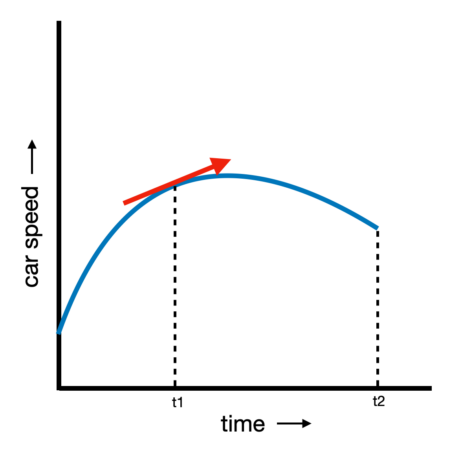calculus: The branch of mathematics that deals with things that are changing, such as amounts that will be accumulating or rates of speed (acceleration).
Isaac Newton: This English physicist and mathematician became most famous for describing his law of gravity. Born in 1642, he developed into a scientist with wide-ranging interests. Among some of his discoveries: that white light is made from a combination of all the colors in the rainbow, which can be split apart again using a prism; the mathematics that describe the orbital motions of things around a center of force; that the speed of sound waves can be calculated from the density of air; early elements of the mathematics now known as calculus; and an explanation for why things “fall:” the gravitational pull of one object towards another, which would be proportional to the mass of each. Newton died in 1727.
orbit: The curved path of a celestial object or spacecraft around a galaxy, star, planet or moon. One complete circuit around a celestial body.
physicist: A scientist who studies the nature and properties of matter and energy.
planet: A large celestial object that orbits a star but unlike a star does not generate any visible light.
point: (in mathematics) A precise point in space that is so small that it has no size. It merely has an address.
pressure: Force applied uniformly over a surface, measured as force per unit of area.
slope: (in mathematics) The degree to which some line rises or falls from a strictly horizontal direction. A line that appears to rise as it moves to the right has a positive slope. One that appears to fall as runs to the right has a negative slope. Vertical lines have neither. Their slope is described as undefined.
sun: The star at the center of Earth’s solar system. It is about 27,000 light-years from the center of the Milky Way galaxy. Also a term for any sunlike star.
tool: An object that a person or other animal makes or obtains and then uses to carry out some purpose such as reaching food, defending itself or grooming.









